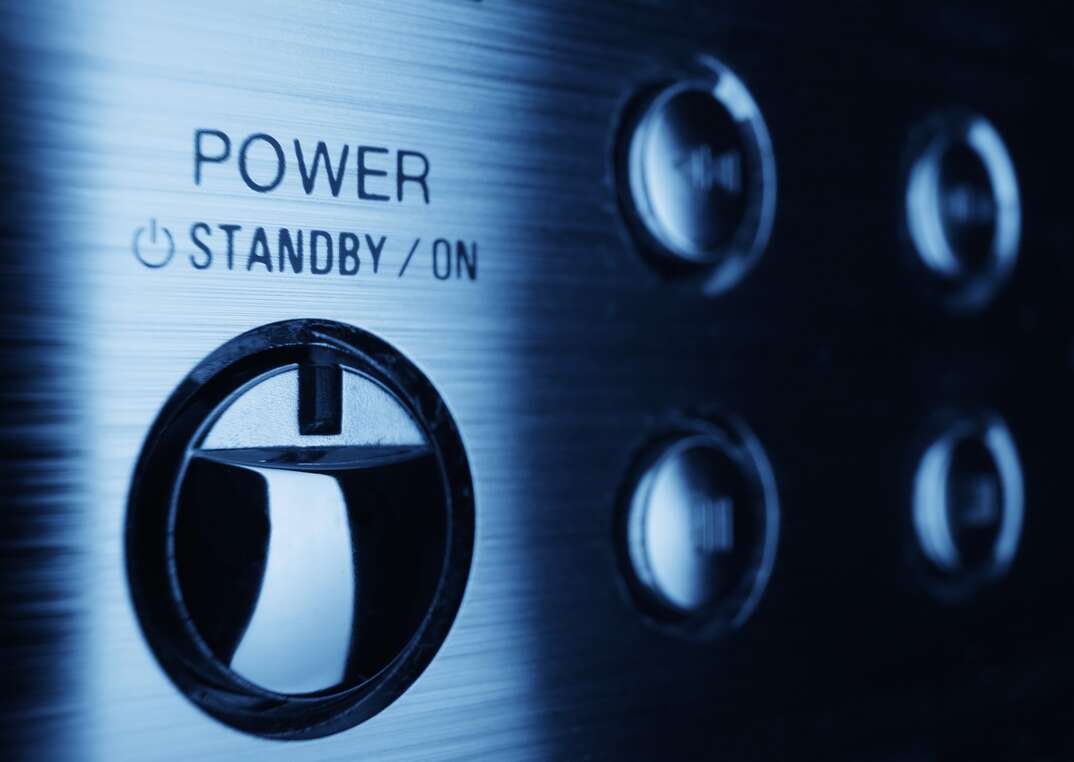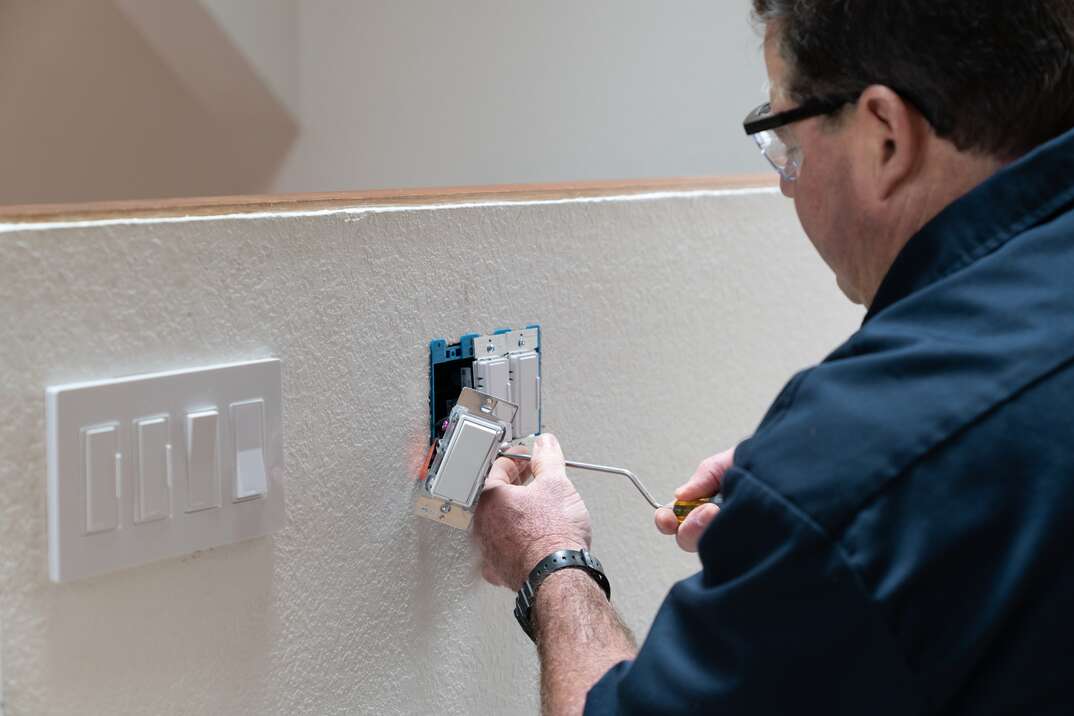Don’t Let Vampire Power Suck You Dry: Learn to Lighten Your Phantom Load

Phantom load — also known as vampire power — is the electricity being used by devices in your home when they’re in standby mode. And, yes, despite going by fantastical-sounding names, it is real ... and real expensive. Estimates show that somewhere between 10% and 33% of an average household’s energy consumption is related to phantom load.
This May Also Interest You: Gimme a Tax Break: 5 Things to Know to Get the Latest HVAC Tax Credits and Rebates
Here’s a quick look at how vampire power sucks your wallet dry and how to make your home’s phantom load disappear.
Smart Devices Are Always On
The smarter appliances and devices get, the more likely they are to have standby mode for when they’re not in use. Sure, they use less energy than when you're actively using them, but sleep mode still consumes some electricity. It’s a consequence of convenience.
Smart devices and appliances that create phantom electrical load include:
- Smartphones
- Laptop computers
- Printers
- TVs
- Set-top boxes
- Cable modems
- Game consoles
- Smart bulbs
- Smart appliances
- Devices with indicator lights
- Appliances with clocks
- Device chargers
Common Electrical Loads That You Use at Home
If you notice increasing household electric bills in and want to determine how much the energy vampire is stealing, there are a couple of simple ways to find out. You can use electricity monitors available on the market or, if your home is equipped with a smart meter, you can log into your utility-provider account and track your hourly electricity usage.
The distinguishing factor will be the time of day the electricity is being used. Phantom loads will be evident in the downtime for your household when no one is home or everyone is asleep. Look at your current energy consumption and compare it over a few years and you may notice an increase in consumption as devices and appliances were added to your household.
Should I Unplug My Appliances to Save Money?
No need to be hasty. There’s a smart way to make your electricity consumption more efficient — and, besides, it’s impractical to shut down your heating, ventilation and air conditioning system, refrigerator, and other appliances that need to cycle on and off in order to do their job properly. Let’s talk about some strategic things you can do to minimize the phantom loads in your house.
How to Reduce Phantom Electricity
For your smart appliances and devices that remain plugged in 24/7, look for Energy Star tags, and search their settings where applicable for Rest Mode, Energy Saving Power Mode or Sleep Mode. These power-saving settings are common features in most smart devices and simply programming the inactivity time limit for shutoff at 30 minutes or less will save you money on electricity.
Energy Star-certified appliances are engineered for greater efficiency and offer better performance in most cases compared with non-certified appliances. These appliances are the standard across the board in stores today and are easy to come by. Many ES-certified devices, like smart bulbs and game consoles, use less than 1 watt of power in rest mode.
Consider a Standby Power Supply or SPS
Using power strips where you can for computers, set-top boxes, modems, TVs and other electronics is an convenient way to power down smart devices when they won't be in use during. Just flick the power-strip switch off and everything connected to it turns off, too.
Standby Power Supplies, or SPS, are an improvement to the common power strip. They have batteries to supply power to devices and appliances when the house loses juice, and they can also act as the surge protector your appliances need when power is restored.
Since we’re all home now more than ever, being prepared for unexpected home repairs with a plan from HomeServe is important. Having a plan in place gives you the peace of mind knowing that you can simply call our 24/7 repair hotline for covered breakdowns. See what plans are available in your neighborhood.


